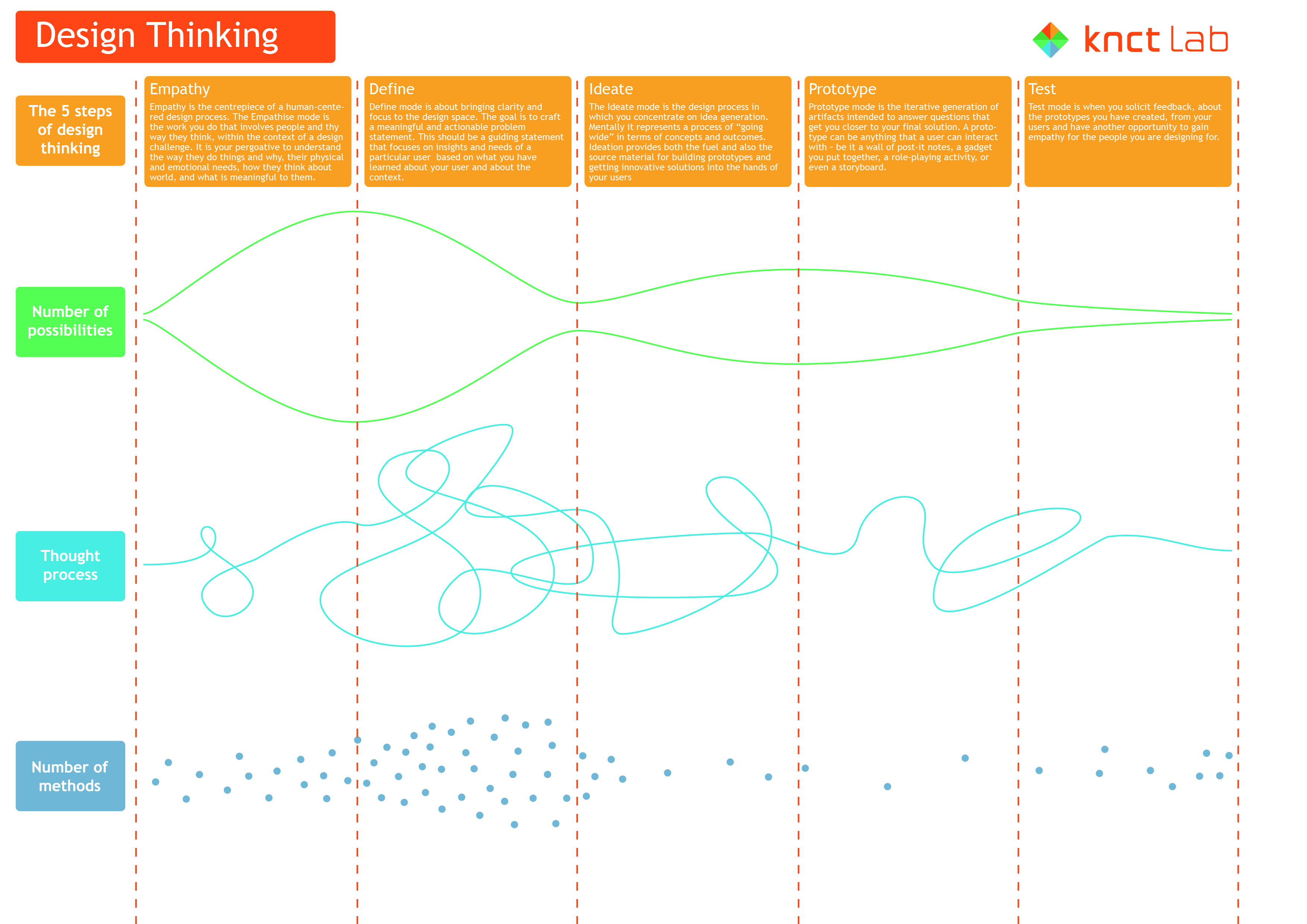![]()
Where did design thinking begin? Well, design thinking is much older than the buzzword we coined to signify it. It begins with the architects, the artists, the philosophers and the civil planners of yore, the innovators behind complex design ideas like the drainage system of the Indus Valley Civilization, the Parthenon in Greece, the ethical treatises of Plato or even the intricate irrigation fields of the Egyptians. What has remained unchanged in the eons is the core underlying ethos- the social value of design- as all design is irrevocably social in nature. Here are some keys things to keep in mind when you’re hacking the ancient code.
Step 1 – Empathy
Any social endeavor begins with the human element. It involves identifying the molecules that make up your target audience, getting under their skin and finding out what they value, what they want and how they look at the world. The challenge of the designer lies in synthesizing this within the context of their design. In the movie ‘High Noon’, Gary Cooper’s character fails to get a posse together because of his inability to connect and communicate with the townsfolk in a relatable manner. This results in the townsfolk wishing for his demise and him trudging into against an armed mob completely alone. In short, empathy is everything!
Step 2 – Define
Every cogent work of design requires something of a mission statement to bring clarity and focus to your work. What exactly are you trying to convey? What and who are you addressing? What are you bringing to the table? Sometimes, a problem statement can be condensed to a word, almost a mantra that acts as a guiding principle and other times it might be too complex to condense into a paragraph even. As long as you arrive at the goal you have chalked out for you and your user, how you arrived there hardly matters.
Step 3 – Ideate
What separates design thinking from other empirical forms of thinking is the primacy placed on thinking wide, being obtuse if you must, until you arrive at interesting solutions. The first rule of brainstorming dictates that there are no rules, all ideas are welcome and encouraged. Ideation gives us better answers to our problems, and gives us a better idea of a prototype that can delight it’s users. Thinking creatively, having many voices and solutions helps us conjure up the best product for the user.
Step 4 – Prototype
How does one gauge the reactions of one’s users before the final big reveal? The design thinking process, in all it’s stages poses many nagging questions “Will it work?” or “How will they respond?” or even “Will they even get it at all?”. The best way to allay these fears is to come up with a prototype, a demo or a test model if you will. This can be pretty much anything that he user engages with, which is precisely why the ideation process often gives us interesting ideas for a solid prototype.
Step 5 – Test
Once you have sent out your prototypes, the next natural step is to solicit feedback from you users about their experience interacting with it. The way you choose to do this can even get you closer to your users, making yourself more personable and relatable. As mentioned earlier, it’s all about empathy!

